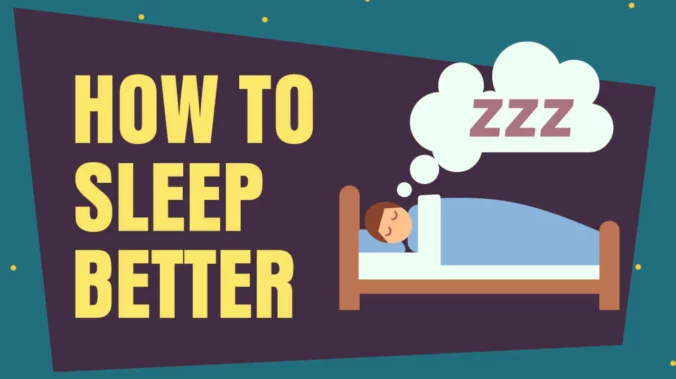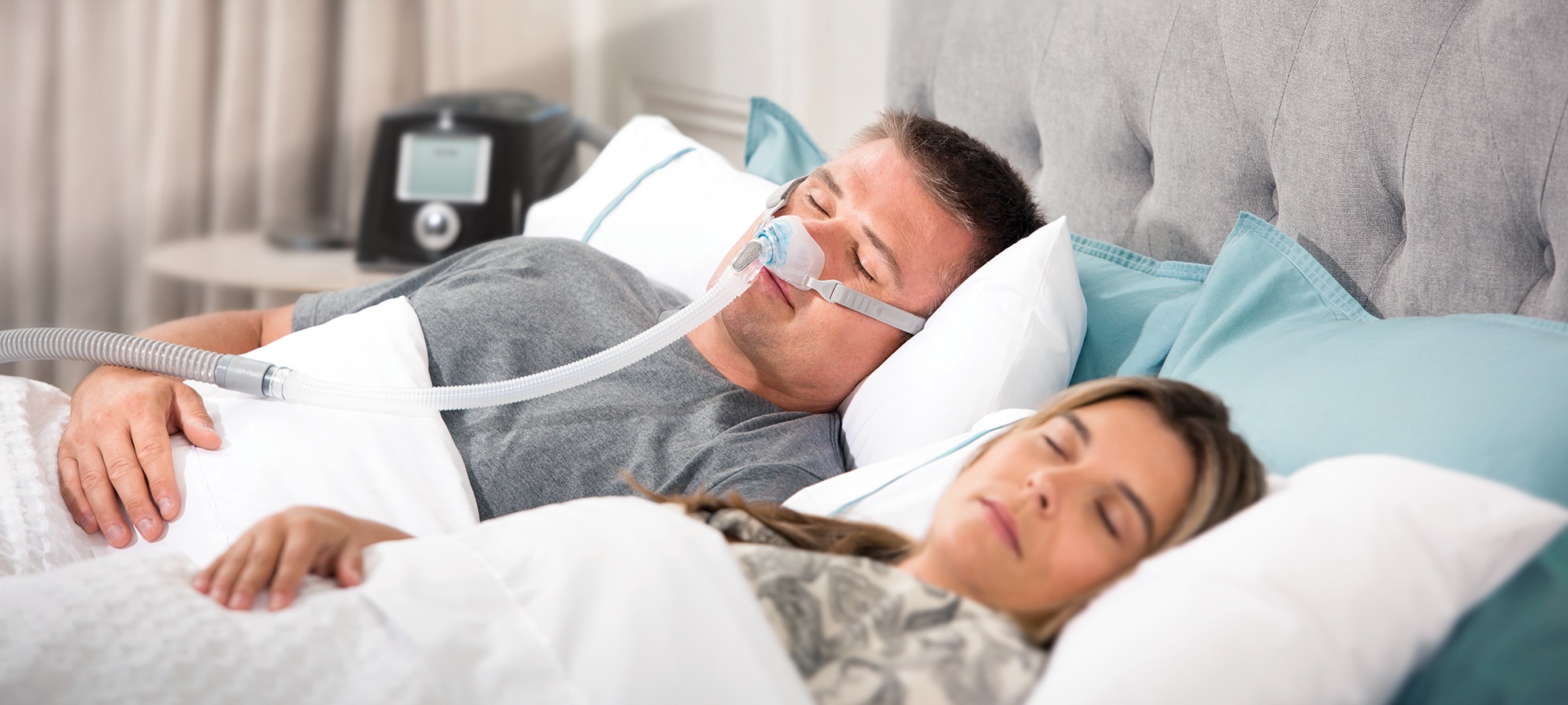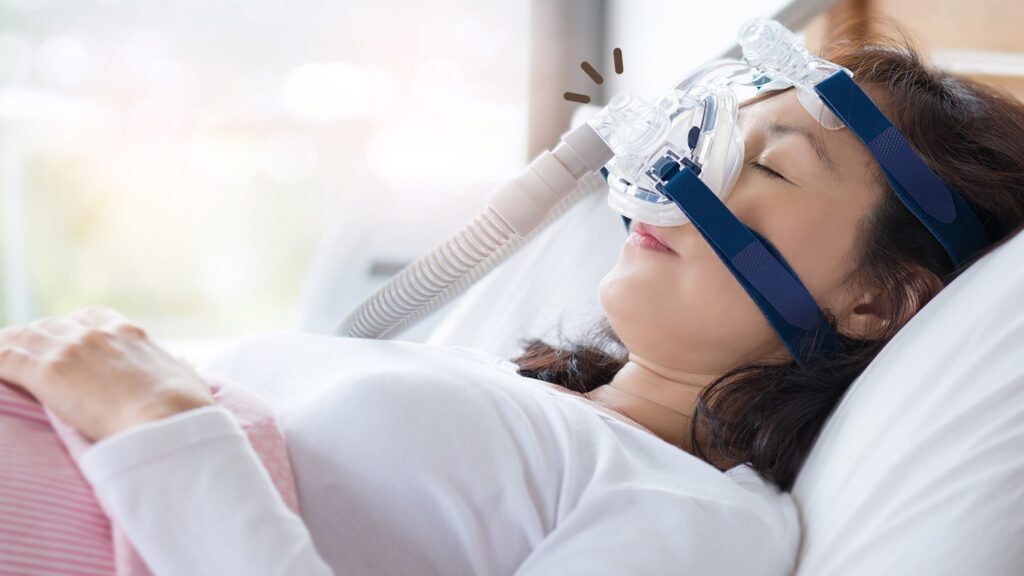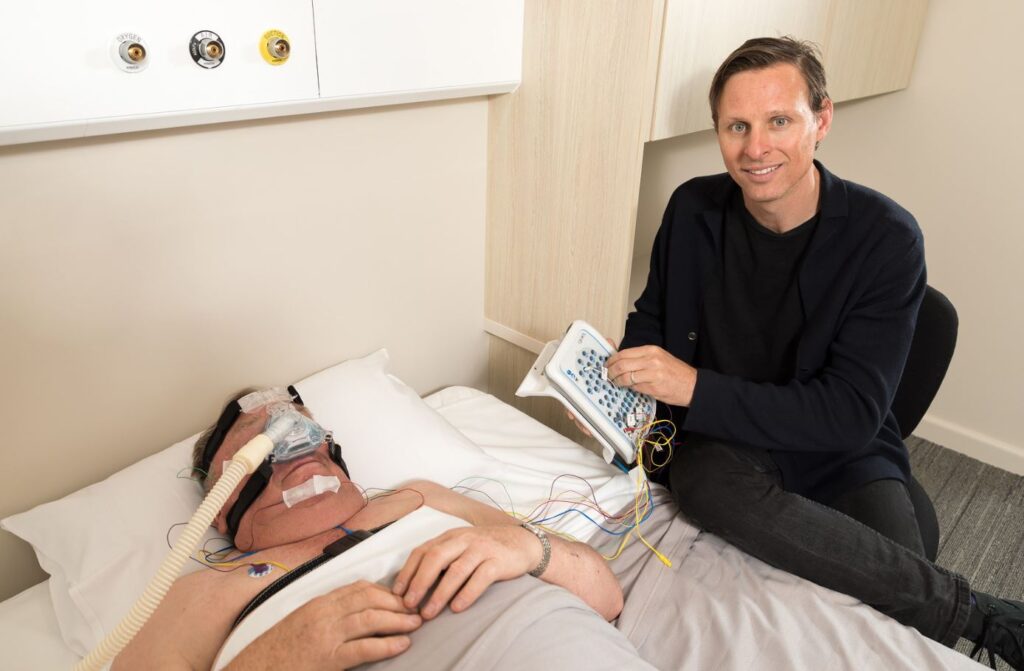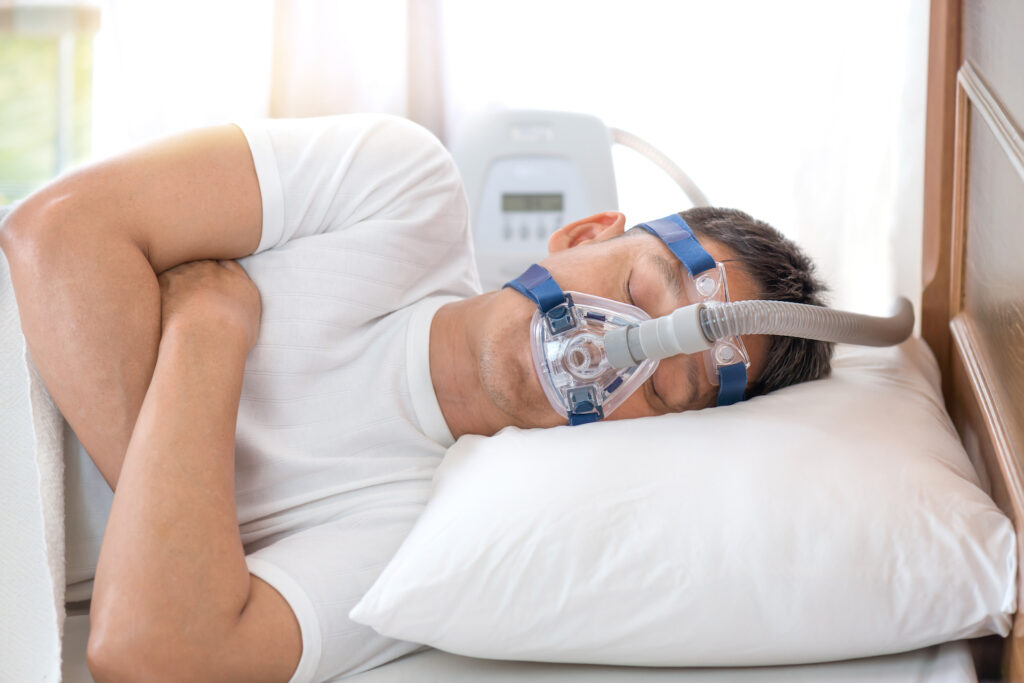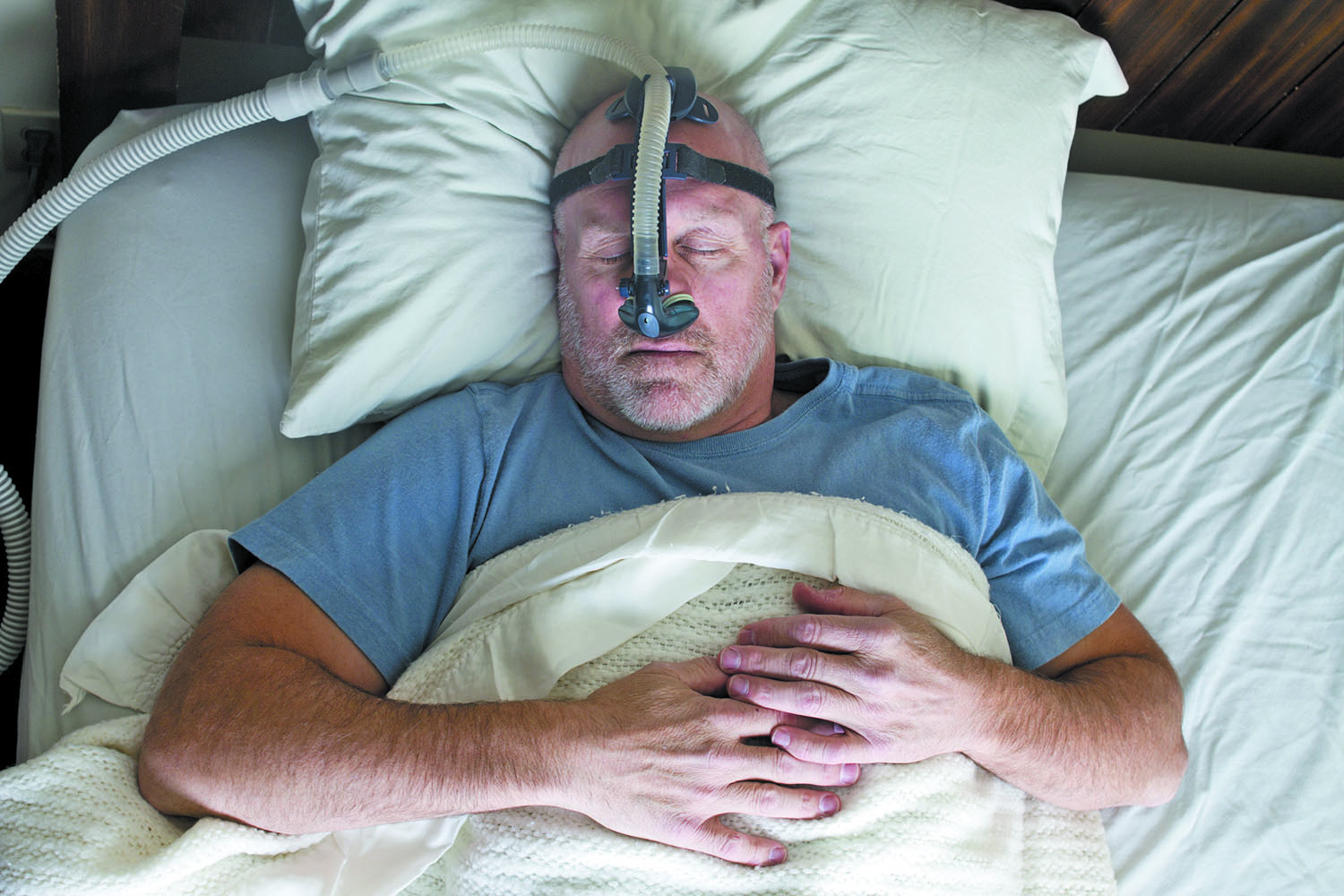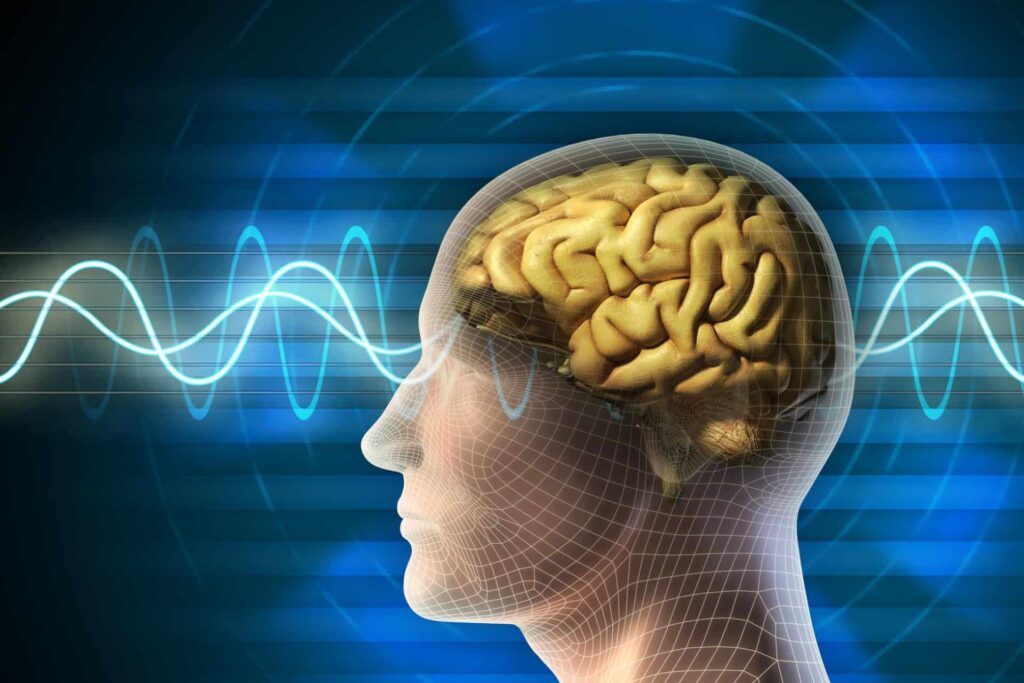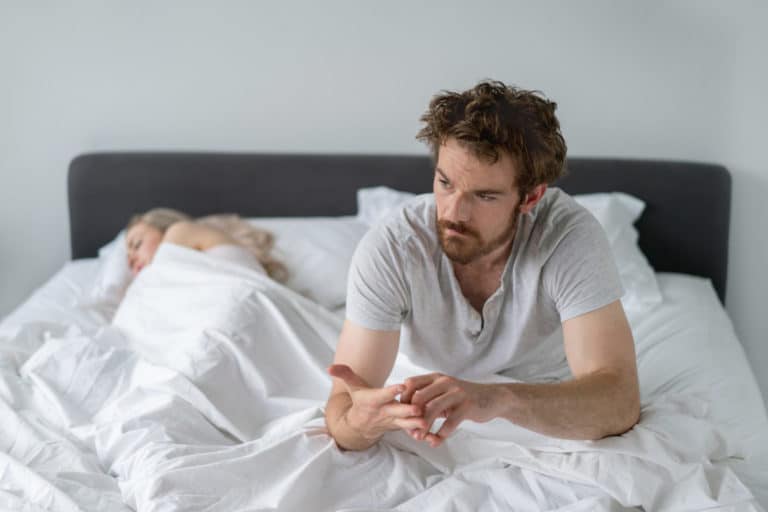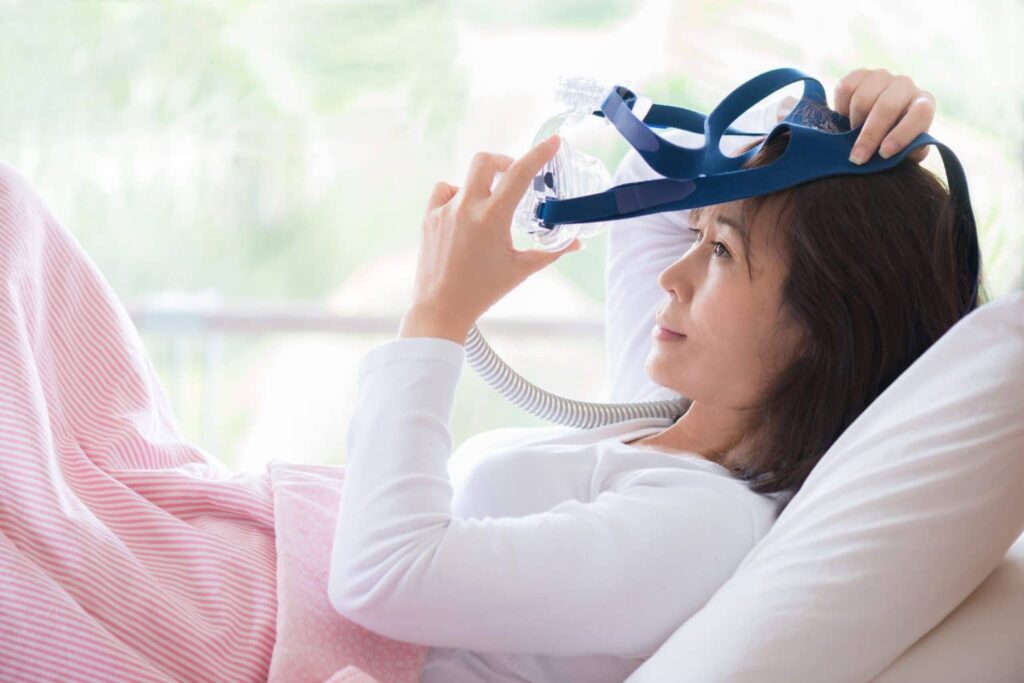Are you struggling with recurring sleep disturbances and feeling constantly tired throughout the day? It could be sleep apnea, a common sleep disorder that affects millions of people worldwide. Understanding sleep apnea is the first step towards finding effective solutions that can help you breathe better and sleep better.
In this comprehensive guide, we will explore the various aspects of sleep apnea and discuss the available sleep study to improve your sleep quality and overall well-being.
Understanding Sleep Apnea
Sleep apnea is a sleep disorder characterized by pauses in breathing or shallow breathing while you sleep. These pauses, known as apneas, can last for a few seconds to a few minutes and can occur multiple times throughout the night. This disruption in breathing can lead to fragmented and poor-quality sleep.
When you have sleep apnea, the muscles in your throat and tongue relax, causing the airway to narrow or close completely. This obstruction prevents air from flowing freely, resulting in reduced oxygen levels in the blood. As a result, your brain sends signals to wake you up briefly to reopen the airway, often without you even realizing it. These frequent awakenings can prevent you from reaching the deep, restorative stages of sleep, leaving you feeling tired and fatigued during the day.
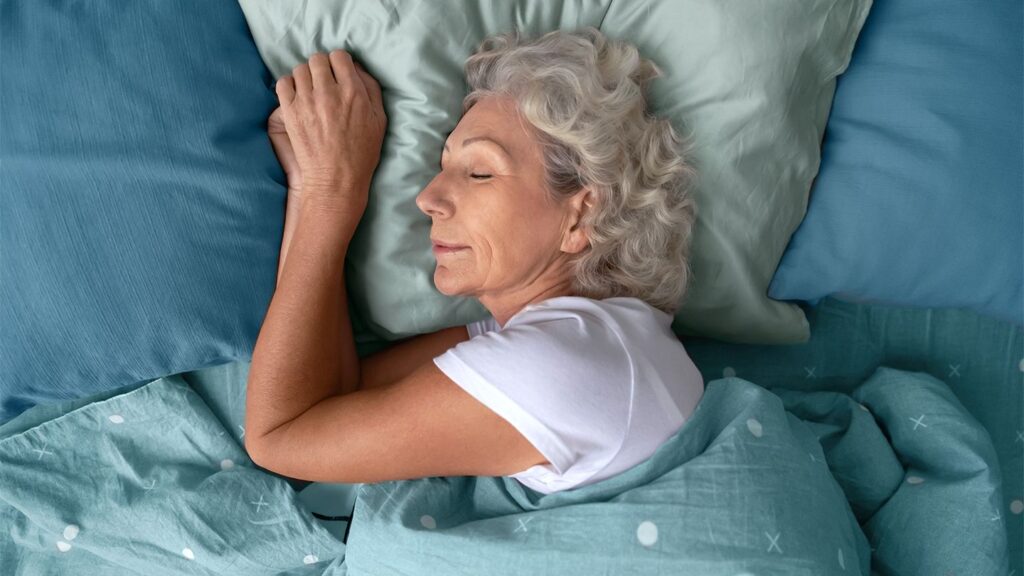
Common Symptoms of Sleep Apnea
Recognizing the symptoms of sleep apnea is essential for early diagnosis and effective treatment. Some common signs of sleep apnea include loud snoring, excessive daytime sleepiness, morning headaches, irritability, and difficulty concentrating. However, it’s important to note that not everyone with sleep apnea snores, and not everyone who snores has sleep apnea.
In addition to these symptoms, sleep apnea can also cause other nighttime disturbances, such as gasping or choking during sleep, restless tossing and turning, and frequent awakenings. If you experience any of these symptoms, it is crucial to consult a healthcare professional for further evaluation.
The Impact of Sleep Apnea on Health and Lifestyle
Untreated sleep apnea can have severe consequences for both your health and lifestyle. Chronic sleep deprivation associated with sleep apnea can increase the risk of various health conditions, including high blood pressure, heart disease, stroke, and diabetes.
Moreover, the constant disruption of sleep caused by sleep apnea can lead to impaired cognitive function and memory problems. It can also contribute to mood disorders such as depression and anxiety, as well as decreased productivity in daily activities. Additionally, sleep apnea has been linked to an increased risk of accidents and injuries due to daytime sleepiness and impaired alertness.
Furthermore, sleep apnea can have a significant impact on your personal relationships. The loud snoring and frequent awakenings can disturb your partner’s sleep, leading to frustration and resentment. It can also affect your own emotional well-being, as the constant fatigue and lack of restful sleep can make you feel irritable and less engaged in social activities.
Fortunately, sleep apnea is a treatable condition, and there are various treatment options available. From lifestyle changes, such as weight loss and avoiding alcohol and sedatives, to the use of continuous positive airway pressure (CPAP) machines or oral appliances, healthcare professionals can help you find the most suitable approach to manage your sleep apnea and improve your overall well-being.
The Connection Between Breathing and Sleep
When it comes to getting a good night’s sleep, breathing plays a crucial role. It may seem like a simple and automatic process, but the way you breathe can greatly impact the quality of your sleep. Deep, rhythmic breathing ensures that your body and brain receive an adequate supply of oxygen, promoting a restful and regenerative sleep. On the other hand, abnormalities in breathing patterns can disrupt the sleep cycle and prevent you from experiencing the restorative benefits of sleep.
One common breathing disorder that affects sleep quality is sleep apnea. Sleep apnea is a condition where the muscles in the throat and tongue relax too much during sleep, causing the airway to narrow or even become completely blocked. This obstruction leads to pauses in breathing, known as apneas, which trigger the brain to disrupt sleep and restore normal breathing. These disruptions can happen many times throughout the night, significantly impacting the quality and duration of your sleep.
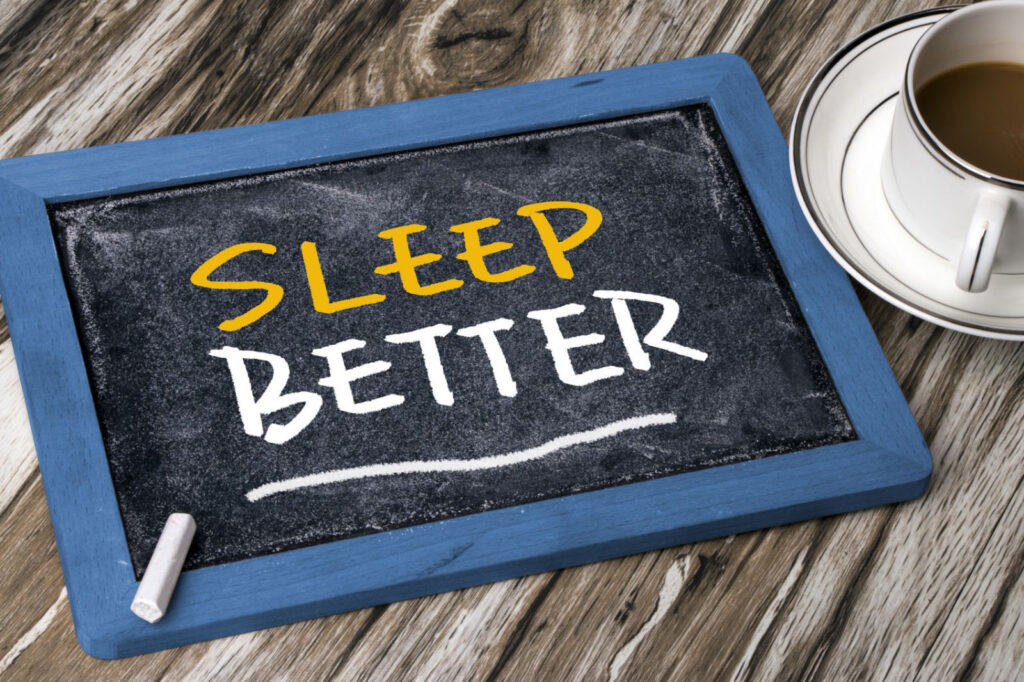
But what exactly happens during sleep apnea? When the airway becomes blocked, the body’s oxygen levels drop, and carbon dioxide levels rise. This triggers the brain to wake you up momentarily, just enough to restore normal breathing. These awakenings are often so brief that you may not even remember them, but they can disrupt the natural sleep cycle and prevent you from reaching the deep, restorative stages of sleep.
Not only does sleep apnea affect the quantity of your sleep, but it also affects the quality. The constant interruptions in breathing can lead to fragmented sleep, leaving you feeling tired and groggy during the day. It can also contribute to other health issues, such as high blood pressure, heart disease, and even stroke. Therefore, it’s essential to address any breathing abnormalities that may be affecting your sleep.
There are various treatment options available for sleep apnea, depending on the severity of the condition. Continuous positive airway pressure (CPAP) therapy is one of the most common treatments. It involves wearing a mask over your nose or mouth while you sleep, which delivers a continuous flow of air to keep your airway open. Other options include oral appliances, which help to reposition the jaw and tongue to prevent airway obstruction, and in some cases, surgery may be necessary to remove excess tissue or correct structural abnormalities.
It’s important to seek medical attention if you suspect you may have sleep apnea or any other breathing-related sleep disorder. A sleep study can help diagnose the condition and determine the most appropriate treatment plan for you. By addressing any breathing issues and improving the quality of your sleep, you can enjoy better overall health and well-being.
Diagnosis of Sleep Apnea
Sleep apnea is a common sleep disorder that affects millions of people worldwide. It is characterized by pauses in breathing or shallow breaths during sleep, leading to disrupted sleep patterns and a range of health issues. If you suspect that you have sleep apnea or are experiencing symptoms such as chronic snoring and daytime sleepiness, it is crucial to consult a healthcare professional. They can evaluate your symptoms, medical history, and perform diagnostic tests to confirm a diagnosis of sleep apnea.
When to Consult a Doctor
Recognizing the signs and symptoms of sleep apnea is the first step towards seeking medical help. If you find yourself frequently snoring loudly, waking up abruptly with a choking or gasping sensation, or feeling excessively tired during the day despite getting a full night’s sleep, it is important to consult a doctor. Other symptoms that may indicate sleep apnea include morning headaches, difficulty concentrating, irritability, and restless sleep.
It is worth noting that sleep apnea can affect individuals of all ages, including children. In children, symptoms may manifest differently, such as bedwetting, poor academic performance, and behavioral problems. If you notice any of these signs in your child, it is essential to consult a pediatrician or a sleep specialist.
Diagnostic Tests for Sleep Apnea
To diagnose sleep apnea, your healthcare provider may recommend a sleep study, also known as a polysomnography. This non-invasive test monitors various body functions, including brain activity, eye movements, heart rate, and breathing patterns, to assess the presence and severity of sleep apnea. During a sleep study, you will spend a night at a sleep center, where sensors will be placed on your scalp, face, chest, and legs to collect data while you sleep. The information gathered will help the healthcare provider determine the number of apneas and hypopneas you experience per hour, as well as the oxygen levels in your blood.
In addition to a polysomnography, a home sleep apnea test may be prescribed in certain cases for a more convenient evaluation. This type of test allows you to sleep in the comfort of your own home while wearing a portable monitoring device. The device will record information about your breathing, oxygen levels, and heart rate, which can then be analyzed by a sleep specialist.
It is important to note that while home sleep apnea tests can be useful in certain cases, they may not provide as comprehensive data as an in-lab polysomnography. Therefore, your healthcare provider will determine the most appropriate test based on your individual circumstances and symptoms.
Once a diagnosis of sleep apnea is confirmed, your healthcare provider will work with you to develop a treatment plan tailored to your needs. Treatment options may include lifestyle changes, such as weight loss and avoiding alcohol and sedatives before bedtime, as well as the use of continuous positive airway pressure (CPAP) devices or oral appliances to help keep your airway open during sleep.
Remember, early diagnosis and treatment of sleep apnea can significantly improve your quality of life and reduce the risk of developing complications such as high blood pressure, heart disease, and stroke. So if you suspect you may have sleep apnea, don’t hesitate to consult a healthcare professional who can guide you towards a restful and healthier sleep.
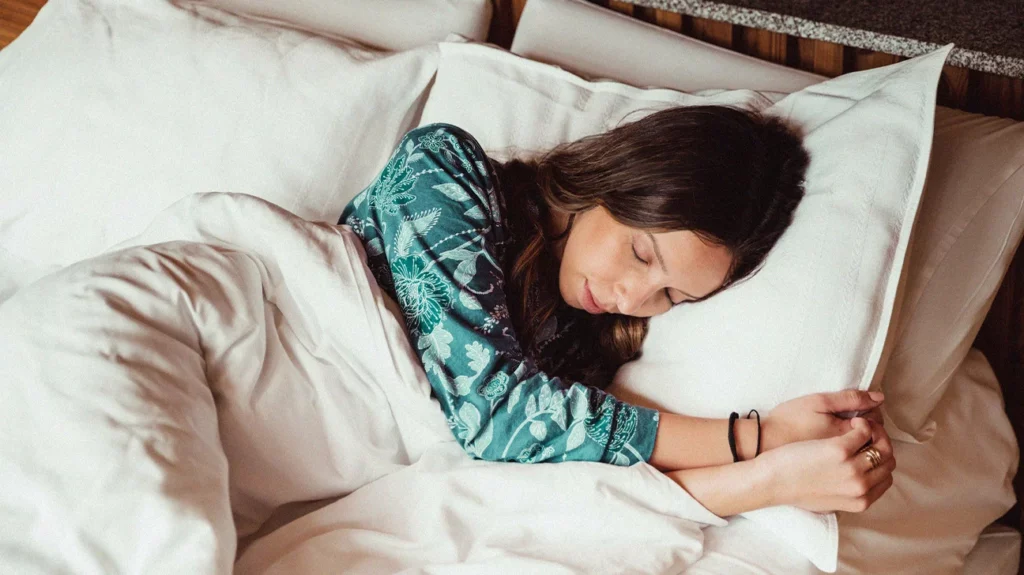
Different Types of Sleep Apnea Solutions
Lifestyle Changes for Better Sleep
One of the first steps in managing sleep apnea involves making lifestyle modifications. Losing excess weight, avoiding alcohol and sedatives, establishing a regular sleep schedule, and maintaining good sleep hygiene can significantly improve sleep quality and reduce the severity of sleep apnea symptoms.
Medical Devices and Sleep Apnea
Many medical devices are available to support breathing and improve sleep quality in individuals with sleep apnea. Continuous Positive Airway Pressure (CPAP) machines are commonly used to deliver a steady stream of air pressure, keeping the airway open during sleep. Other devices, such as oral appliances and positional therapy devices, may also be recommended depending on the individual’s specific needs.
Surgical Options for Sleep Apnea
In some cases, surgical intervention may be necessary to treat sleep apnea. Surgical options aim to modify the airway to prevent obstruction during sleep. Procedures such as uvulopalatopharyngoplasty (UPPP), mandibular advancement devices (MAD), and tracheostomy may be considered for individuals with severe sleep apnea or those who do not respond to other treatment modalities.
Choosing the Right Sleep Apnea Solution
Factors to Consider
When exploring sleep apnea solutions, several factors need to be taken into consideration, including the severity of your sleep apnea, your lifestyle, personal preferences, and any underlying medical conditions. It is essential to work closely with your healthcare provider to tailor a solution that meets your specific needs and ensures the best possible outcome.
Working with Your Healthcare Provider
Managing sleep apnea requires a collaborative effort between you and your healthcare provider. Regular follow-up appointments, adherence to prescribed therapies, and open communication about any challenges or concerns are crucial for successful long-term management of sleep apnea. Remember, your healthcare provider is your partner in the journey towards better sleep and improved quality of life.
In conclusion, sleep apnea can significantly impact your sleep quality and overall well-being. However, by understanding the nature of sleep apnea, seeking timely diagnosis, and exploring the available treatment options, you can breathe better and sleep better. Remember, effective sleep apnea solutions exist, and with the right approach, you can regain control over your sleep and wake up refreshed and energized each morning.
